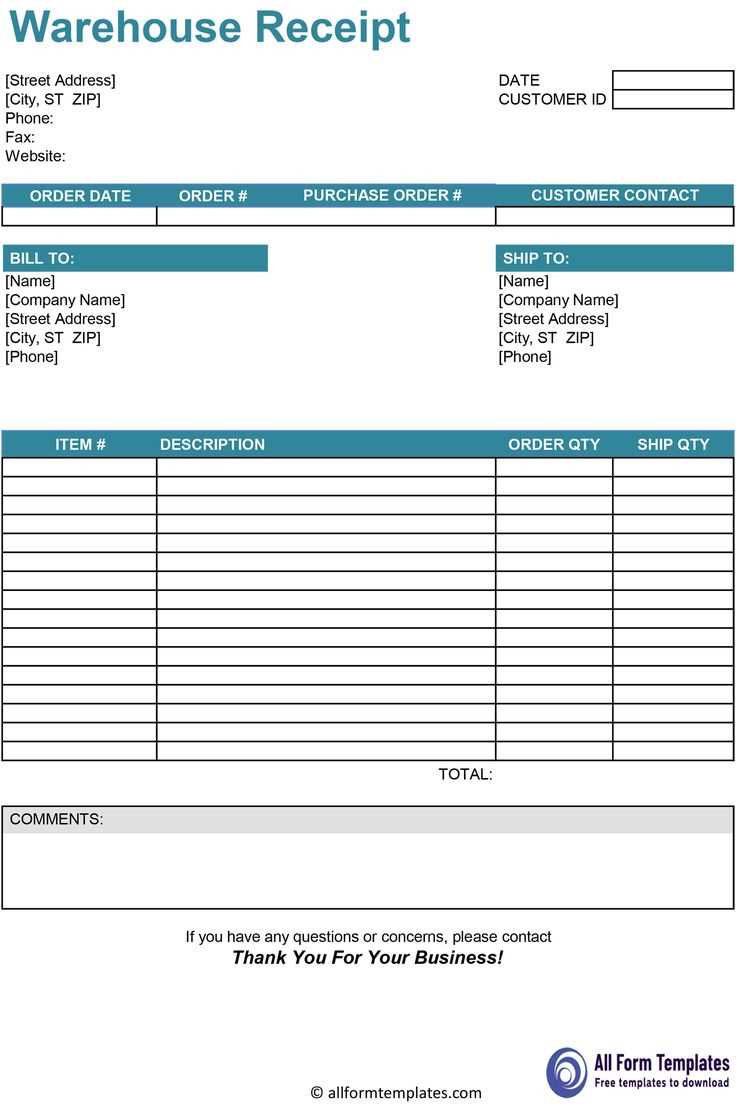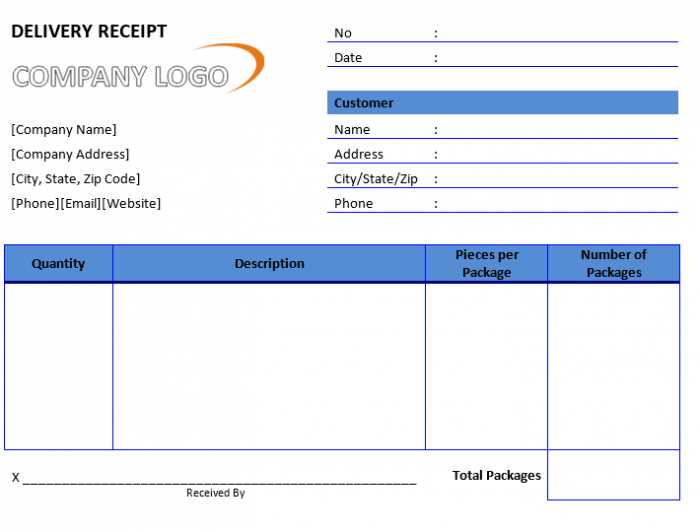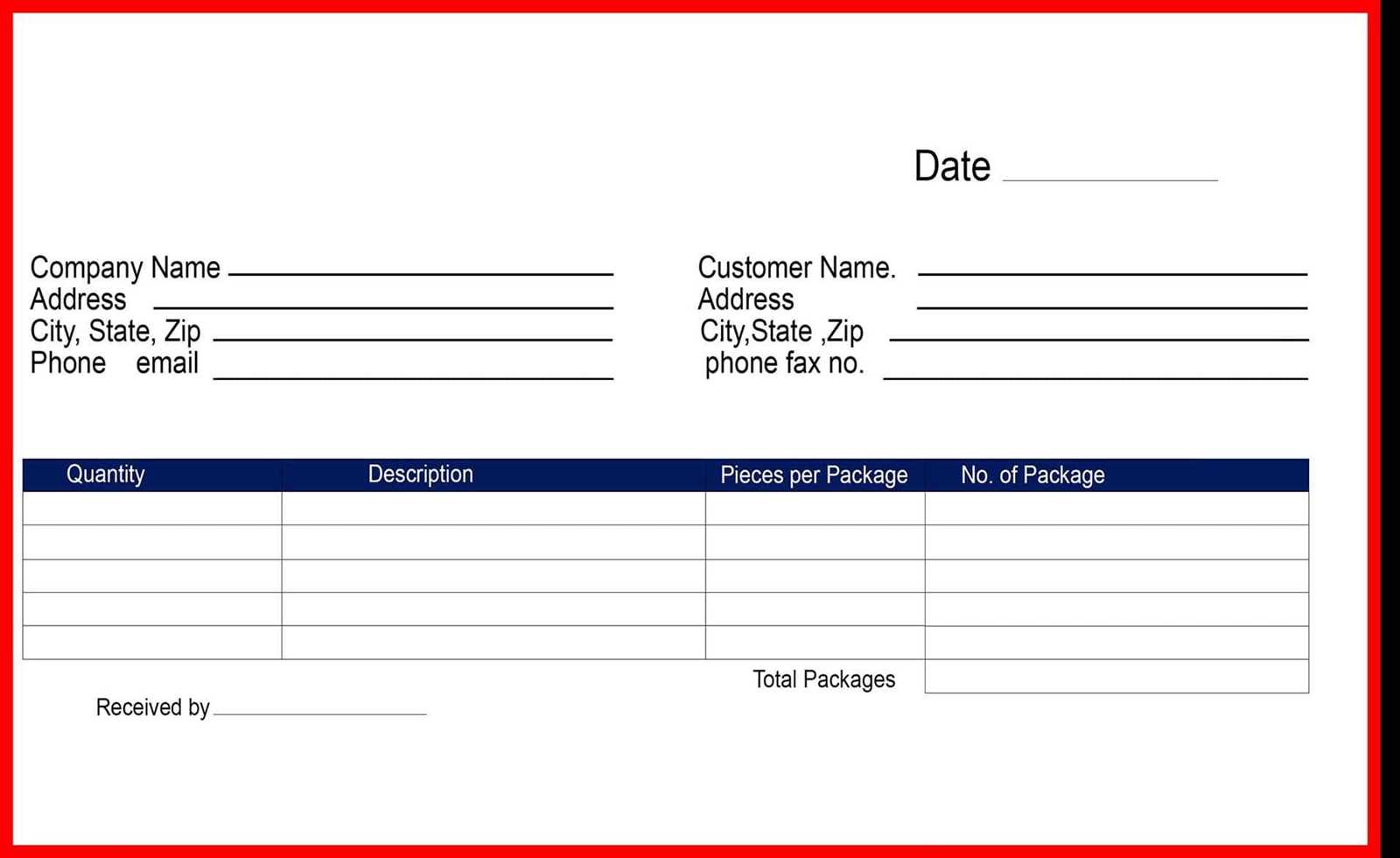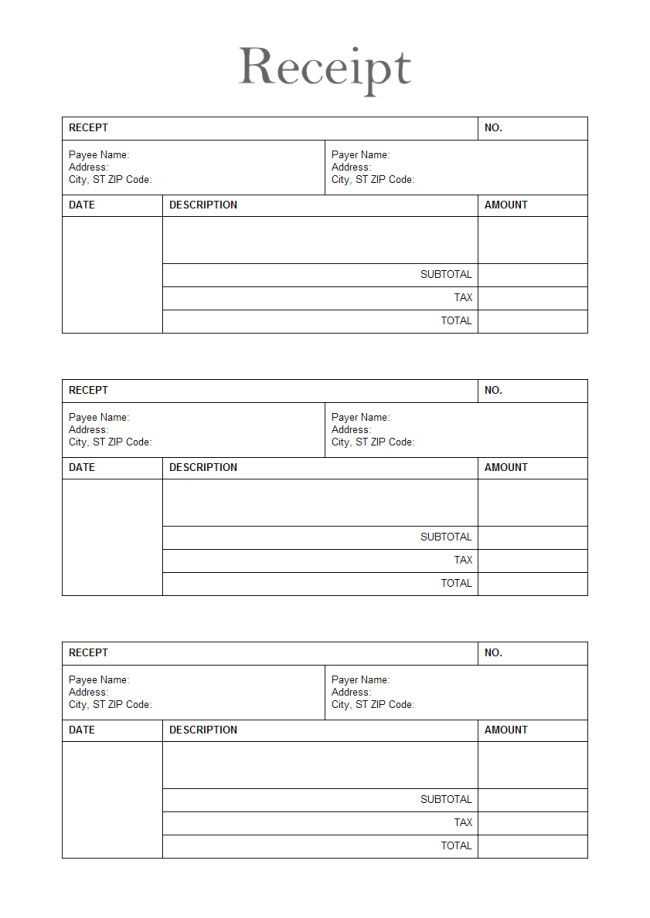
Keep track of issued uniforms with a structured athletic uniform receipt form. This document ensures that each athlete acknowledges receipt, reducing disputes over lost or damaged gear. A well-designed template should include essential details such as the recipient’s name, uniform description, issue date, and return conditions.
Use clear sections to list uniform pieces, sizes, and serial numbers if applicable. A designated space for signatures confirms that the athlete accepts responsibility, helping teams maintain accountability. Digital or printed versions can streamline record-keeping, especially when managing large rosters.
Consider adding a section for return deadlines and condition assessments. This ensures that uniforms remain in good shape for future use. A standardized form simplifies inventory management, prevents shortages, and establishes a transparent process for uniform distribution and collection.
Athletic Uniform Receipt Form Template
Ensure a clear and organized uniform distribution process by using a structured receipt form. List each item issued, including jerseys, shorts, socks, and accessories, with designated fields for sizes and conditions. This prevents confusion and simplifies returns.
Include a section for athlete and staff signatures to confirm receipt and responsibility. A due date for returns should be clearly stated, along with any penalties for lost or damaged gear. Specify acceptable conditions for returns to avoid disputes.
Use a digital or printed format with duplicate copies–one for the recipient and one for records. A unique identification number or barcode can streamline tracking, making inventory management more efficient and reducing discrepancies.
Required Fields for Accurate Documentation
Ensure the form captures all critical details by including these fields:
- Recipient’s Full Name: Use the official name to match team rosters and inventory records.
- Uniform Items Issued: List each piece separately, including sizes and unique identifiers like serial numbers or barcodes.
- Condition at Issue: Note any existing wear, stains, or damages to prevent disputes upon return.
- Date of Distribution: Set a clear timeline for tracking uniform usage and expected returns.
- Return Deadline: Specify a due date to streamline collection and avoid missing items.
- Recipient’s Signature: Confirm acknowledgment of receipt and responsibility for the items.
- Staff Signature: Verify that the uniform was issued correctly and logged.
Accuracy in these fields prevents inventory mismatches, ensures accountability, and simplifies the return process.
Layout and Formatting Best Practices
Use a structured format to ensure clarity and ease of use. Align text and tables for quick reference, keeping all sections neatly arranged. Organize fields logically, placing essential details at the top and supplementary information below.
Key Sections to Include
Separate information into distinct sections for better readability. Ensure names, contact details, and uniform specifics are grouped logically. Use labels that are easy to scan, preventing confusion.
| Section | Details |
|---|---|
| Recipient Information | Name, team, contact details |
| Uniform Details | Item description, size, quantity |
| Approval & Signature | Coach or manager verification |
Formatting for Clarity
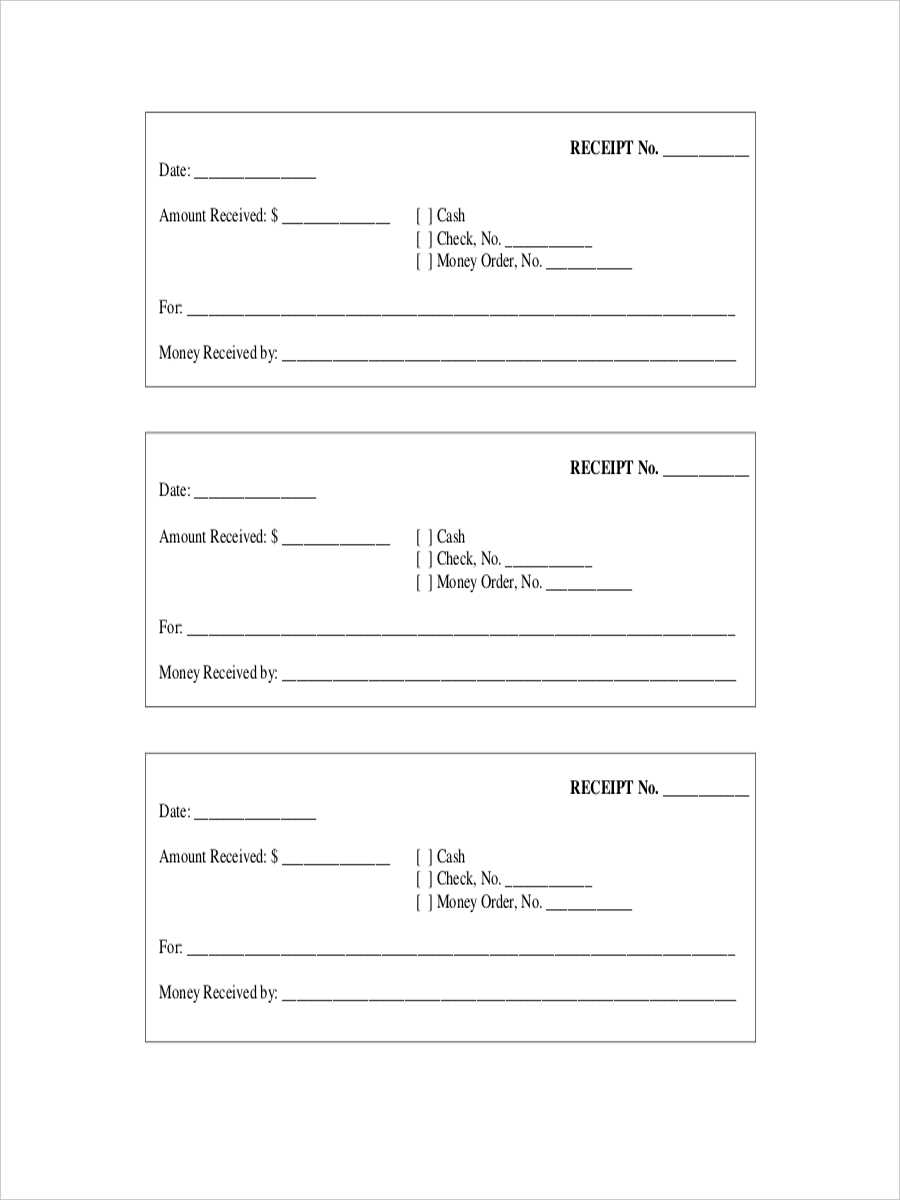
Use bold labels to differentiate field names from user-input sections. Ensure spacing between rows and columns improves legibility. Limit the number of fonts to maintain a professional appearance. A well-spaced layout minimizes errors and speeds up completion.
Customizing for Different Sports Teams
Match uniform designs to the sport’s specific needs. Basketball jerseys need lightweight, breathable fabric with wide armholes for unrestricted movement. Soccer kits require moisture-wicking materials and durable stitching for intense play. Baseball uniforms benefit from reinforced pants and flexible tops to support quick movements.
Incorporate team colors, logos, and player numbers in a way that enhances visibility. Large, bold numbers help referees and fans identify players quickly, while high-contrast color schemes improve recognition under stadium lights. Choose fonts that balance style and legibility, avoiding overly decorative designs.
Adapt the fit based on the sport’s physical demands. Football jerseys should allow room for protective padding, while track uniforms prioritize a streamlined fit for aerodynamics. Customizing sleeve lengths and collar styles improves both comfort and performance.
Personalize gear with player names, motivational slogans, or school mascots. Heat-pressed vinyl offers a budget-friendly option for temporary rosters, while sublimation printing ensures lasting designs that won’t crack or fade. Selecting the right customization method extends the uniform’s lifespan and maintains a professional look throughout the season.
Ensuring Compliance with Team Policies
Require each athlete to acknowledge team policies in writing before receiving their uniform. This step eliminates misunderstandings and reinforces expectations.
Clear Accountability
Assign specific responsibilities for uniform care and return deadlines. Use a tracking system that logs distribution and expected return dates to prevent disputes. If an item is lost or damaged, outline the replacement process and potential fees upfront.
Consistent Enforcement
Establish a uniform inspection routine to ensure compliance throughout the season. Require athletes to present their gear at designated checkpoints, such as before games or weekly practices. This approach reinforces accountability and maintains a professional appearance.
When policies are consistently enforced, athletes take ownership of their responsibilities. Provide clear consequences for non-compliance, such as limited participation in team activities until issues are resolved. Transparency ensures fairness and encourages adherence.
Common Mistakes and How to Avoid Them
- Missing Signatures – Ensure all required signatures are collected before submitting the form. Double-check that both the athlete and the responsible party have signed to prevent delays.
- Incomplete Details – Fill out every field, including uniform sizes, quantity, and return deadlines. Blank sections lead to confusion and incorrect orders.
- Illegible Handwriting – Use clear, block letters or digital forms to avoid misinterpretation. Smudged or rushed handwriting often results in incorrect uniform allocations.
- Failure to Verify Information – Cross-check player names, team assignments, and uniform numbers before submission. Incorrect details can cause reordering issues.
- Ignoring Deadlines – Submit the form on time to prevent shortages or last-minute changes. Late submissions may lead to limited uniform availability.
- Lack of Copy for Records – Keep a copy of the completed form for reference. If discrepancies arise, having a backup simplifies corrections.
- Unclear Return Conditions – Specify uniform return policies, including condition requirements and due dates. This prevents misunderstandings about responsibility for lost or damaged items.
Digital vs. Paper-Based Receipt Forms
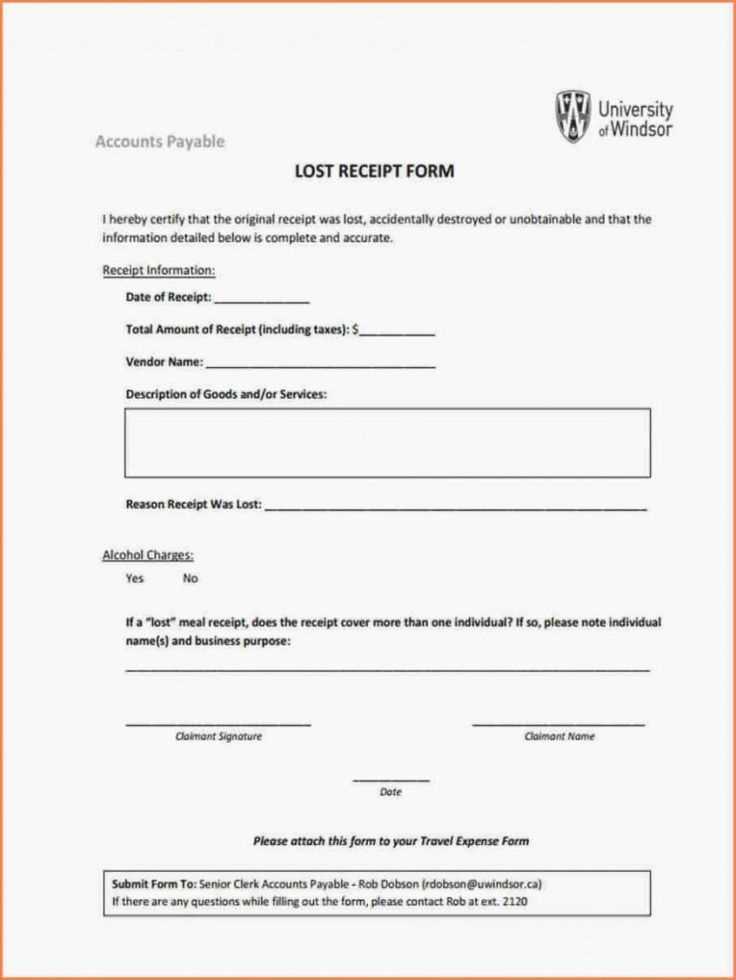
Switch to digital receipt forms for quicker access and easy storage. Paper forms can clutter physical space, are prone to damage, and take up more time for retrieval. With digital forms, you can organize receipts efficiently and retrieve them instantly. They also allow for easy backup and sharing, which paper-based receipts can’t offer.
Benefits of Digital Forms
Digital receipts simplify data entry and tracking. Integration with software tools makes them easy to sort and retrieve. They eliminate the risk of losing important documents due to physical wear or accidental misplacement. Cloud storage ensures that receipts remain accessible from anywhere, with no concern for lost or misplaced files.
Challenges with Paper Forms
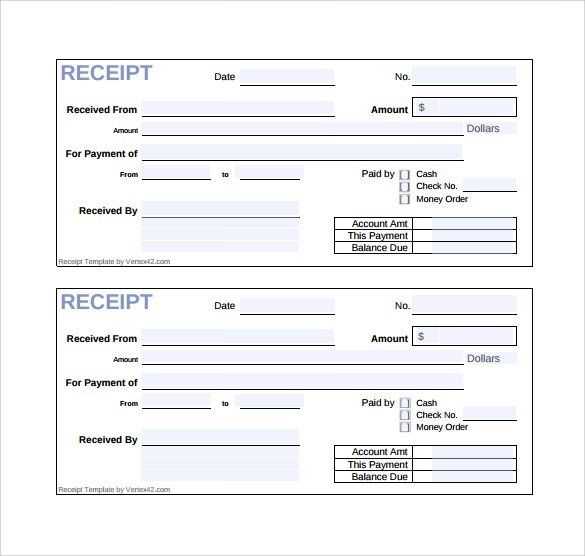
Paper-based receipt forms are often difficult to keep in order. Storing them in a safe, organized manner takes up physical space, and searching for specific forms becomes time-consuming. Additionally, handwritten or printed forms can be hard to read over time, causing potential errors or misunderstandings.
